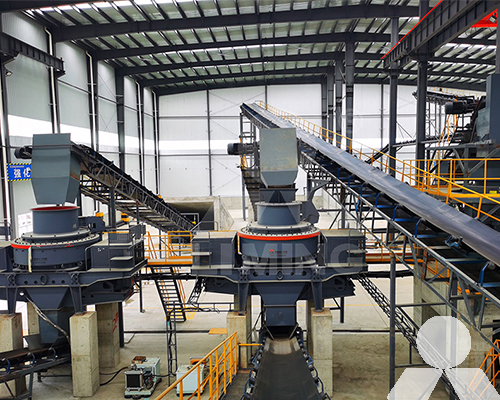Sand Making Machine Industry in India
The sand making machine industry plays a crucial role in the construction and infrastructure development of India. With its rapidly growing population and urbanization, the demand for high-quality sand for various construction activities has surged. In response to this demand, the sand making machine industry in India has witnessed significant growth and innovation.

Rising Demand for Sand:
India’s rapid urbanization, along with the expansion of transportation networks, housing projects, and infrastructure development, has led to a soaring demand for sand. Traditional sources of sand, such as riverbeds and quarries, have been unable to keep up with this demand, leading to concerns about environmental degradation and unsustainable extraction practices.
The Role of Sand Making Machines:
Sand making machines, also known as vertical shaft impactors (VSIs), have emerged as a sustainable solution to address the growing demand for sand. These machines are capable of producing high-quality manufactured sand by crushing rocks and aggregates into fine particles that closely resemble natural sand. The use of manufactured sand not only conserves natural resources but also mitigates the environmental impact associated with excessive river sand mining.
Technological Advancements:
The sand making machine industry in India has experienced remarkable technological advancements in recent years. Manufacturers are investing in research and development to enhance the efficiency and performance of these machines. This includes improvements in crushing techniques, rotor design, and automated controls. Advanced sand making machines are equipped with precision sensors and monitoring systems to optimize production and ensure consistent quality.
Environmental Considerations:
One of the key advantages of manufactured sand is its reduced environmental impact. The rampant extraction of river sand has led to erosion, altered river courses, and the destruction of ecosystems. Sand making machines alleviate these concerns by producing sand from harder rocks, minimizing the need for riverbed sand. Additionally, the use of manufactured sand in construction reduces the carbon footprint, as it requires less transportation and processing compared to natural sand.
Government Regulations and Initiatives:
Recognizing the environmental challenges posed by sand extraction, the Indian government has introduced regulations to curb illegal sand mining and promote the use of manufactured sand. Many states have implemented policies to encourage the use of manufactured sand in government-funded projects. These initiatives aim to strike a balance between construction needs and environmental preservation.
Challenges and Opportunities:
Despite its many benefits, the sand making machine industry in India faces certain challenges. The initial investment required for setting up sand manufacturing plants can be substantial. Moreover, there is a need for consistent quality control to ensure that manufactured sand meets the required standards for construction. However, these challenges also present opportunities for innovation, collaboration, and the growth of the industry.
Conclusion:
The sand making machine industry in India is playing a pivotal role in addressing the challenges posed by the growing demand for sand in construction. Through technological advancements, environmental considerations, and government initiatives, the industry is moving towards a more sustainable and efficient future. As the nation strives for responsible development, sand making machines offer a pathway to meet construction needs while safeguarding the environment.









